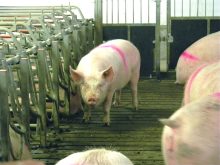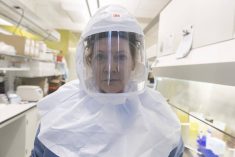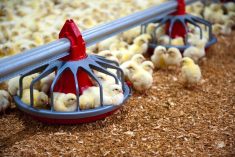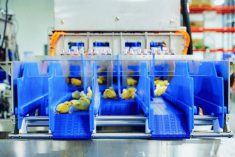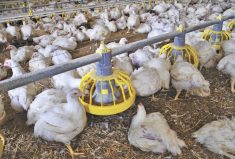Measure the results of biosecurity, use the best practices and do it because it’s the right thing for your farm and the industry.
That was the message from Arian de Bekker, who works for Neogen, at the National Poultry Show in London, Ont., where the continuing level of highly pathogenic avian influenza was a constant point of discussion with farmers and the industry.
Why it matters: Poultry farmers are taking biosecurity more seriously with H5N1 avian influenza.
De Bekker says there are numerous reasons why people use certain disinfection processes including:
Read Also
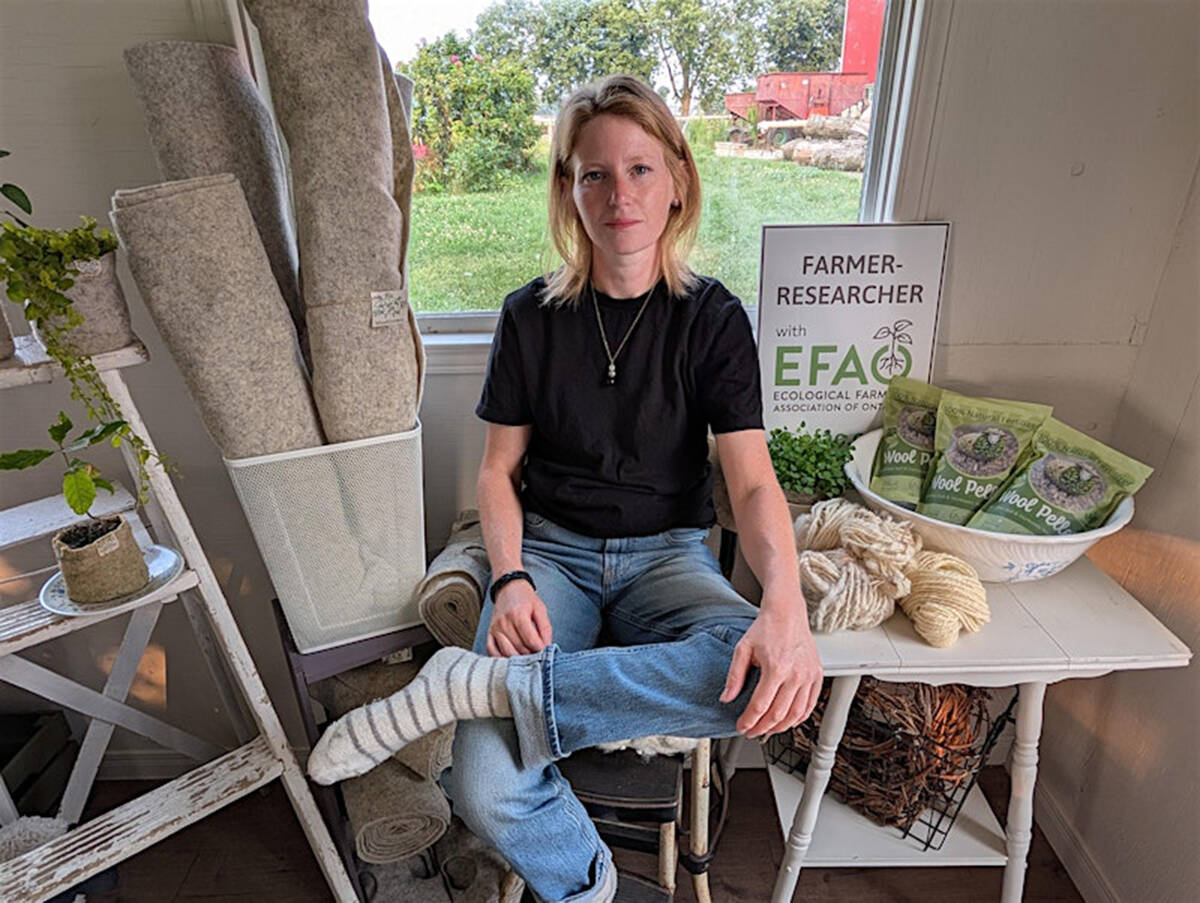
From fleece to fertile ground
Lindsey Weber turns Canadian wool into sustainable, biodegradable weed suppression and horticulture alternatives to plastic, boosting farm sustainability and revitalizing Canada’s wool industry.
- The vet told me so
- The feed salesperson told me so
- A neighbour uses it and it works for him
- It smells good, which de Bekker says not to discount. If the disinfectant smell is uncomfortable there will be less willingness for workers to do the job well
- The price is right, to which de Bekker adds, as long as the chemistry is right
- CFIA made a recommendation
- That’s how we’ve always done it
Standards and products change and de Bekker encouraged farmers to keep that in mind.
De Bekker, who has worked in biosecurity for more than 20 years, encouraged producers to aim for the highest standards in biosecurity and barn cleaning, even if the on-farm food safety quality assurance program gives three levels of options.
Two options give a 14-day downtime as an option versus cleaning and disinfecting.
De Bekker says that viruses and bacteria survive under residues and the more residues left in a barn, the more likelihood of them surviving, even if a disinfectant is used.
“There is all sorts of dust and stuff on the floor that I’m going to kill bacteria on, but I’m not going to be killing it on the surface that is underneath,” he said. “If you don’t clean properly, there will be fatty residues, there will be dust, there will be organic matter.”
There have been theories that leaving some litter in the barn between flocks will expose the new chicks to bacteria in the environment and create immunity. But de Bekker says research by Dr. Lloyd Weber in 2019 showed that the practice might work for intestinal bacteria, but environmental bacteria can still be a challenge. Both will be in the barn.
Heating enough water to wash a barn is costly, but de Bekker says it can make sense, especially in the winter. Hot water will help in cleaning, he says. Most disinfectants work best at about room temperature, so even if it costs more money, heating the barn can make sense. Or more disinfectant can be used as an alternative, especially once the temperature drops below freezing.
Adding some propylene glycol or windshield washer fluid to the wash water can help keep it from freezing if the barn is below 0 C.
Once the disinfectant is applied, de Bekker recommends leaving it on for 10 minutes to work. Some work quicker, but 10 minutes is a good guideline.
There are numerous challenge spots for disinfection including wood areas which include more need for disinfection. Don’t forget the fans and ceilings, says de Bekker, as when the fans are turned on when the new birds arrive, dust from the previous flock from fans and ceilings can be spread through the barn.
Flush the inside of water lines using a cleaner, followed by a disinfectant. Make sure to then flush the lines to clean out minerals and other residue.
Testing the results of disinfection
After all that work cleaning the barn, how do you know it’s clean?
Have someone else look at the cleaning job, which can help reduce bias in people doing the job regularly, says de Bekker.
Laboratory tests are available and there are now in-barn tests for cleanliness.
An adenosine triphosphate (ATP) tester is an in-barn test. ATP is an energy source for cells to grow, says de Bekker, so a test for it will show if there are growing cells in the area tested.
The ATP testers cost about $4,000 and de Bekker says that can be prohibitive for farmers, so encouraging a veterinary or feed provider to own one is an idea.
An Oxidation Reduction Potential (ORP) meter is another way to test for cleaning efficacy on farms. They are less expensive than an ATP tester, available at about $60 on Amazon.
ORP measures millivolts in conductivity and that will tell you whether you have a certain level of bacteria present.
“In time to come, we will all realize that every time birds leave the barn, you will do a proper wet clean and disinfect, complete clean and disinfect before new birds come into your barn,” says de Bekker.






